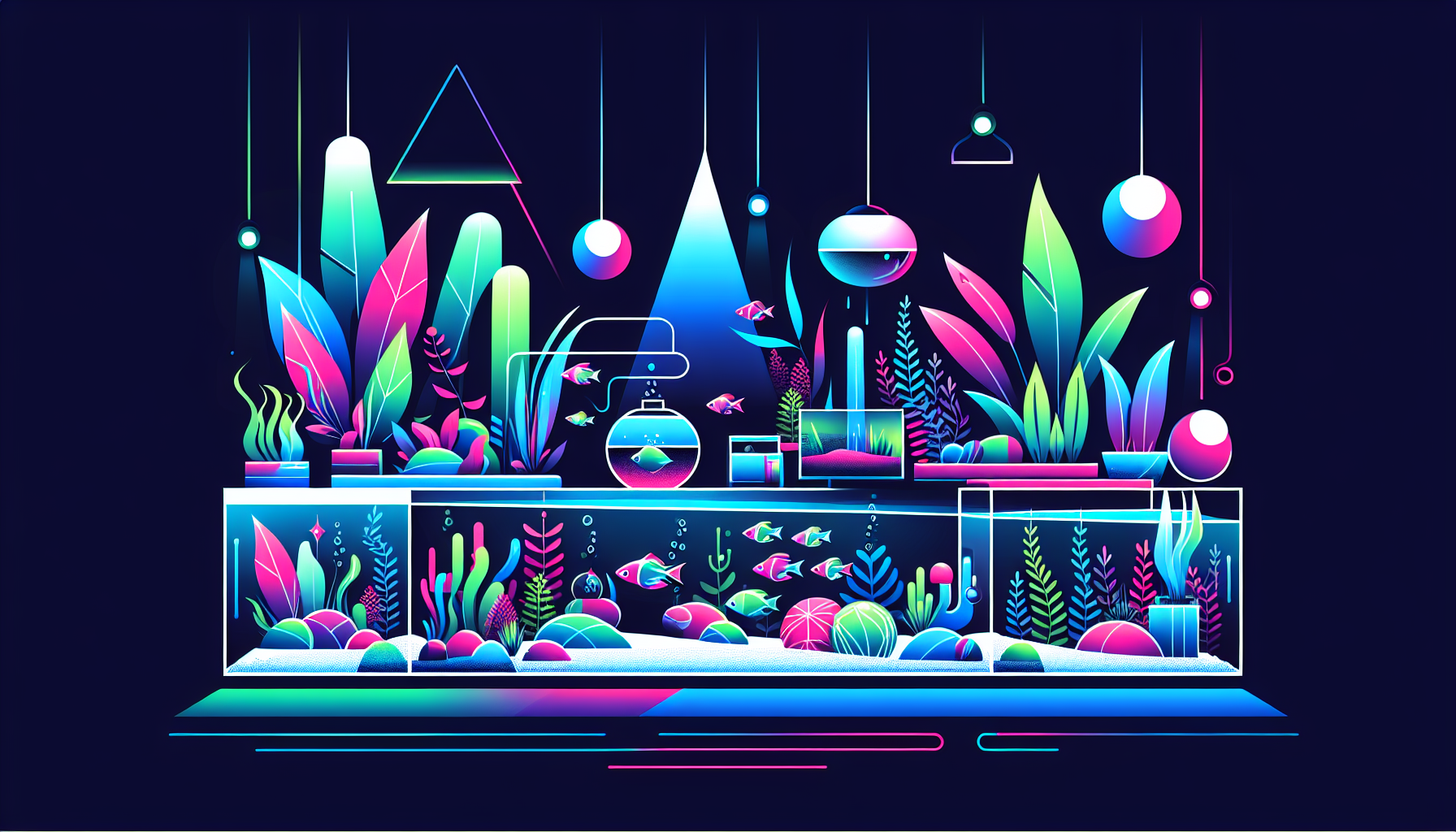The Ultimate Beginner’s Guide to Aquascaping: Tips, Ideas & Step-by-Step Setup
Are you fascinated by stunning planted aquariums and want to get started with aquascaping? Welcome to Aquascaping Academy’s ultimate beginner’s guide! In this comprehensive tutorial, we’ll cover everything you need to know—essential tips, popular aquascaping styles, equipment, basic plant care, and a step-by-step setup process. Dive in and create your own underwater masterpiece!
What is Aquascaping?
Aquascaping is the art of arranging aquatic plants, rocks, driftwood, and other decorative elements in an aquarium to create visually appealing landscapes. Rather than just keeping fish, aquascaping focuses on crafting beautiful, thriving aquatic scenes, drawing inspiration from nature, gardens, or abstract designs.
Popular Aquascaping Styles
Choosing an aquascape style is the first step in designing your aquarium. Here are some popular styles:
- Nature Aquarium: Mimics natural terrestrial environments—think forests, meadows, or mountains.
- Iwagumi: Minimalist layouts using stones as focal points, relying on odd-numbered rock groupings for harmony.
- Dutch Style: Focuses on vibrant plant arrangements, with layers, distinct colors, and structured rows.
- Jungle Style: Lush, dense plantings for an untamed, wild look with lots of texture.
- Biotope Aquascapes: Replicate specific natural habitats, from South American rivers to African lakes.
To explore more, read our detailed guide to aquascaping styles.
Essential Equipment for Aquascaping
Setting up a thriving planted tank requires a few pieces of specialized gear:
- Aquarium tank: Most beginners start with 10-20 gallons, but nano tanks are also popular.
- Lighting: LED fixtures designed for planted tanks support healthy plant growth and highlight aquascape colors.
- Filtration: Reliable filters keep water clean and support beneficial bacteria.
- Substrate: Use nutrient-rich soil or aqua soil for best plant results.
- CO2 system (optional): Pressurized CO2 boosters enhance plant health and color, especially in high-tech tanks.
- Heater: Maintain stable, appropriate water temperatures, especially for tropical plant species.
- Hardscape materials: Include clean aquarium rocks, driftwood, and other décor to structure your design.
- Basic aquascaping tools: Tweezers, scissors, and spatulas for planting and arranging.
Pro Tip:
When choosing equipment, look for aquarium products specifically designed for aquascaping—they’re often more plant-friendly and easier to use.
Step-by-Step: How to Set Up Your First Aquascape
Follow these steps to create your own living underwater landscape:
1. Plan Your Design
- Sketch or visualize your aquascape layout on paper.
- Decide on your main focal points and select a style (e.g., iwagumi, nature, jungle).
2. Prepare the Aquarium
- Clean the empty aquarium with water only (no soap or chemicals).
- Install equipment: filter, CO2 diffuser (if using), and heater.
3. Add Substrate & Hardscape
- Layer the substrate—start with a base layer of nutrient-rich soil, then cap with fines or decorative sand.
- Arrange rocks and driftwood to create depth and visual interest. Stick to your planned design!
4. Plant Selection & Planting
- Choose hardy aquatic plants like Java Fern, Anubias, Cryptocoryne, or easy stem plants.
- Use aquascaping tweezers to gently plant roots or rhizomes into the substrate.
- Mist plants to keep them moist during planting.
Learn more about beginner aquarium plants in our dedicated resource.
5. Fill the Aquarium
- Slowly fill the tank with dechlorinated water to avoid disturbing the layout.
- Start equipment and monitor parameters for the first few days.
6. Cycle the Aquarium
- Run the aquarium for several weeks before adding fish to establish beneficial bacteria.
- Test water regularly for ammonia, nitrite, and nitrate.
Check out our guide on cycling a planted aquarium for more tips.
Basic Maintenance for Planted Aquariums
Successful aquascaping requires regular care and attention. Keep your aquascape beautiful with these essential maintenance tips:
- Lighting: Maintain 8-10 hours daily using a timer to prevent algae.
- Water Changes: Change 20-30% weekly to keep water parameters stable.
- Fertilization: Dose appropriate liquid fertilizers or root tabs for healthy plants.
- Pruning: Trim plants regularly to encourage bushy growth and prevent overgrowth.
- Algae Control: Remove visible algae manually and adjust lighting or nutrients as needed.
- Equipment Check: Clean filters and check CO2 systems for optimal operation.
For a more detailed checklist, visit our aquascape maintenance guide.
Frequently Asked Questions (FAQs)
Can I keep fish in an aquascaped tank?
Absolutely! Many aquascapes are home to peaceful community fish and shrimp. Make sure to research species that are plant-friendly and size-appropriate for your setup.
Are CO2 systems necessary for aquascaping?
CO2 injection significantly improves plant growth and coloration but is not strictly required for “low-tech” aquascapes using hardy species. Start simple and upgrade as you gain experience.
What are the best plants for beginners?
Try Java Fern, Anubias, Cryptocoryne, and Vallisneria—they’re hardy, undemanding, and well-suited for new aquascapers.
How do I prevent algae in my aquascape?
Balance light, nutrients, and CO2, avoid overfeeding, and do regular water changes. Introducing algae eaters like Otocinclus can also help.
Start Your Aquascaping Journey Today!
With the right guidance, equipment, and passion, you’ll discover that aquascaping is both relaxing and rewarding. Start small, experiment, and don’t be afraid to try new aquascaping ideas as your skills grow.
Have a question about your setup or want to share your aquascape? Leave a comment below or contact the Aquascaping Academy team—we’re here to help you create your dream underwater world!



